Lesson summary
Students will examine some of the ways that intensive farming practices can affect soil health. They explore the relationship between soil health and water management in farming and think about how regenerative agriculture can improve soil health.
Learning intentions:
Students will...
- understand how intensive farming can affect soil quality
- recognise the relationship between soil health and water management
- recognise the role of regenerative farming in addressing soil quality.
Success criteria:
Students can...
- explain the need to care for and improve soil naturally to ensure high crop yield
- show the importance of water to soil health by conducting experiments.
Lesson guides and printables
Curriculum links
Select your curriculum from the options below.
Lesson details
Skills
This lesson is designed to build students’ competencies in the following skills:
- Collaboration
- Communication
- Curiosity
Curriculum Mapping
Australian Curriculum (v9.0) content descriptions:
Geography Year 9:
Students learn to:
- understand the challenges to sustainable food production and food security in Australia and appropriate management strategies (AC9HG9K04)
- understand the environmental, economic and technological factors that impact agricultural productivity, in Australia and a country in Asia (AC9HG9K03)
General capabilities: Literacy, Digital Literacy
Cross-curriculum priority: Sustainability.
Relevant parts of Year 9 Geography achievement standards:
Students analyse the interconnections between people and places and environments. Students analyse strategies to address a geographical phenomenon or challenge using environmental, social or economic criteria.
UN Sustainable Development Goals
Target 2.4: By 2030, ensure sustainable food production systems and implement resilient agricultural practices that increase productivity and production, that help maintain ecosystems, that strengthen capacity for adaptation to climate change, extreme weather, drought, flooding and other disasters and that progressively improve land and soil quality
Target 15.3: By 2030, combat desertification, restore degraded land and soil, including land affected by desertification, drought and floods, and strive to achieve a land degradation-neutral world
Resources Required
- Demonstration instructions:
- Depending on whether you complete one or both of these demonstrations, you may need:
- clay-based soil
- empty egg containers (or equivalent)
- internet access
- laptop
- plates/bowls (3x to fit under pots)
- pots (x3), self-draining
- projection ability (for videos)
- seeds (sunflower, cress, chives or a native mix is recommended)
- soil
- watering device of some description (a filled water bottle is fine)
- Intensive Farming fact sheet
- Student Worksheet - one per student
Additional Info
Level of teacher scaffolding: Low to medium - assist students as required, guide supported students, lead discussion as required
Special thanks to:

This lesson has been developed with the support of the Macdoch Foundation.
This lesson includes video content of the brilliant new feature documentary from WildBear Entertainment, New Town Films and Regen Studios - go to Rachel’s Farm to see the entire film.
Cool.org's curriculum team continually reviews and refines our resources to be in line with changes to the Australian Curriculum.
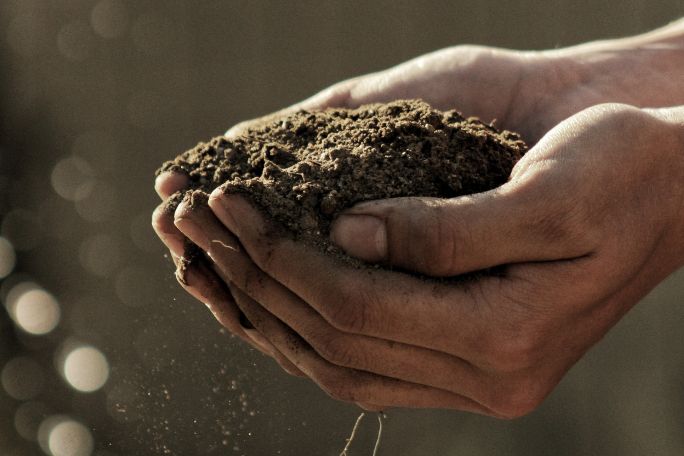
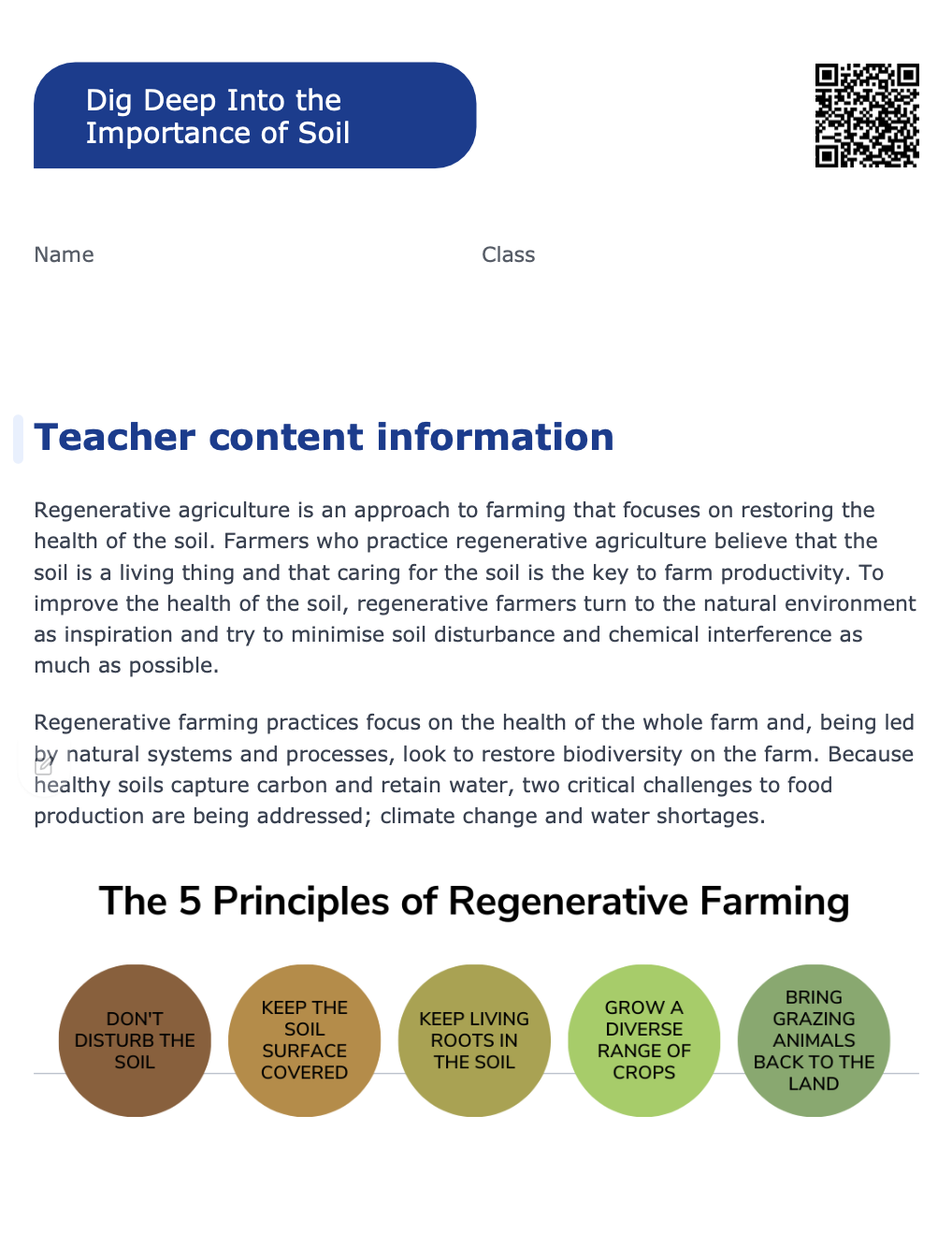

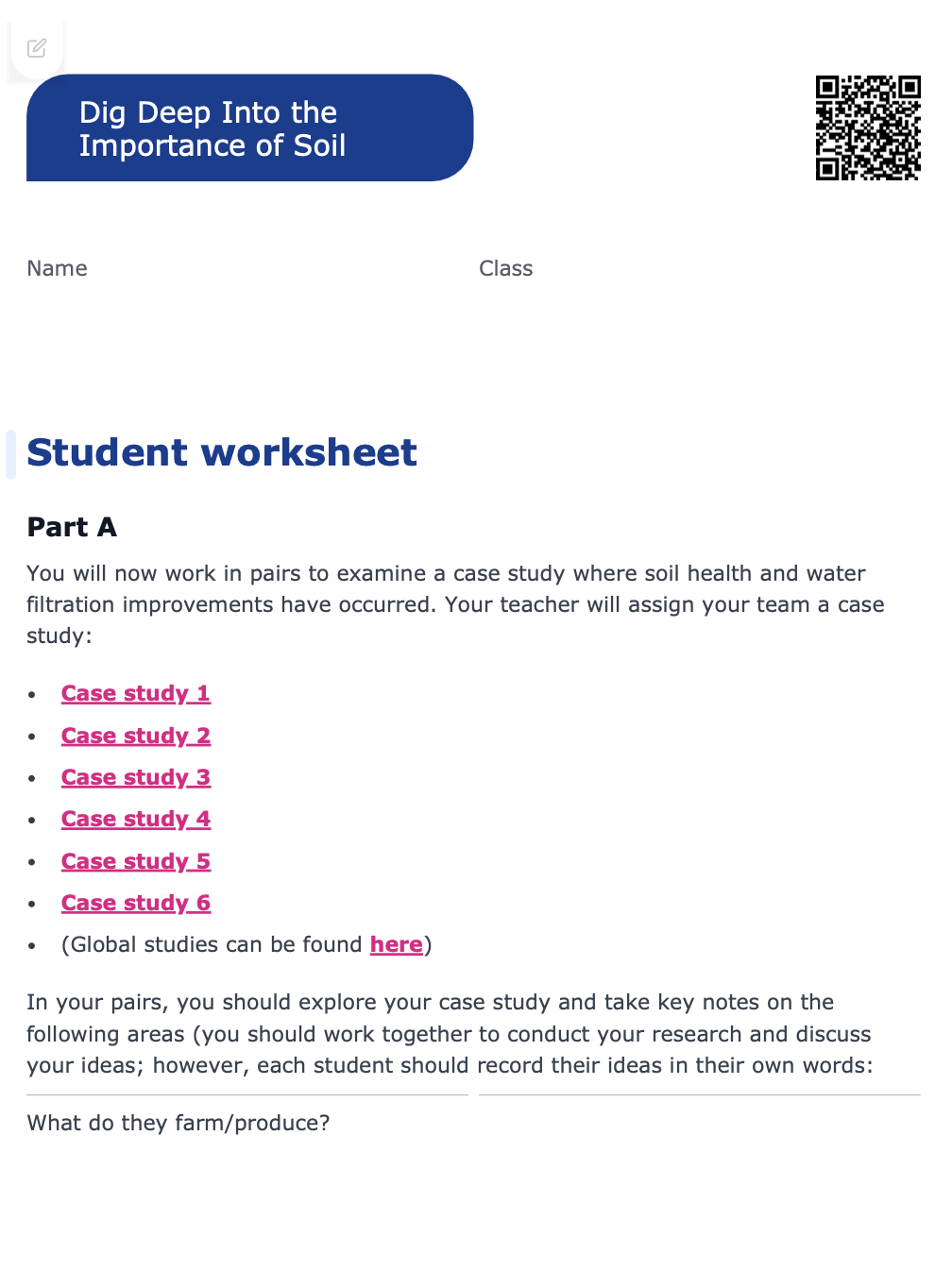
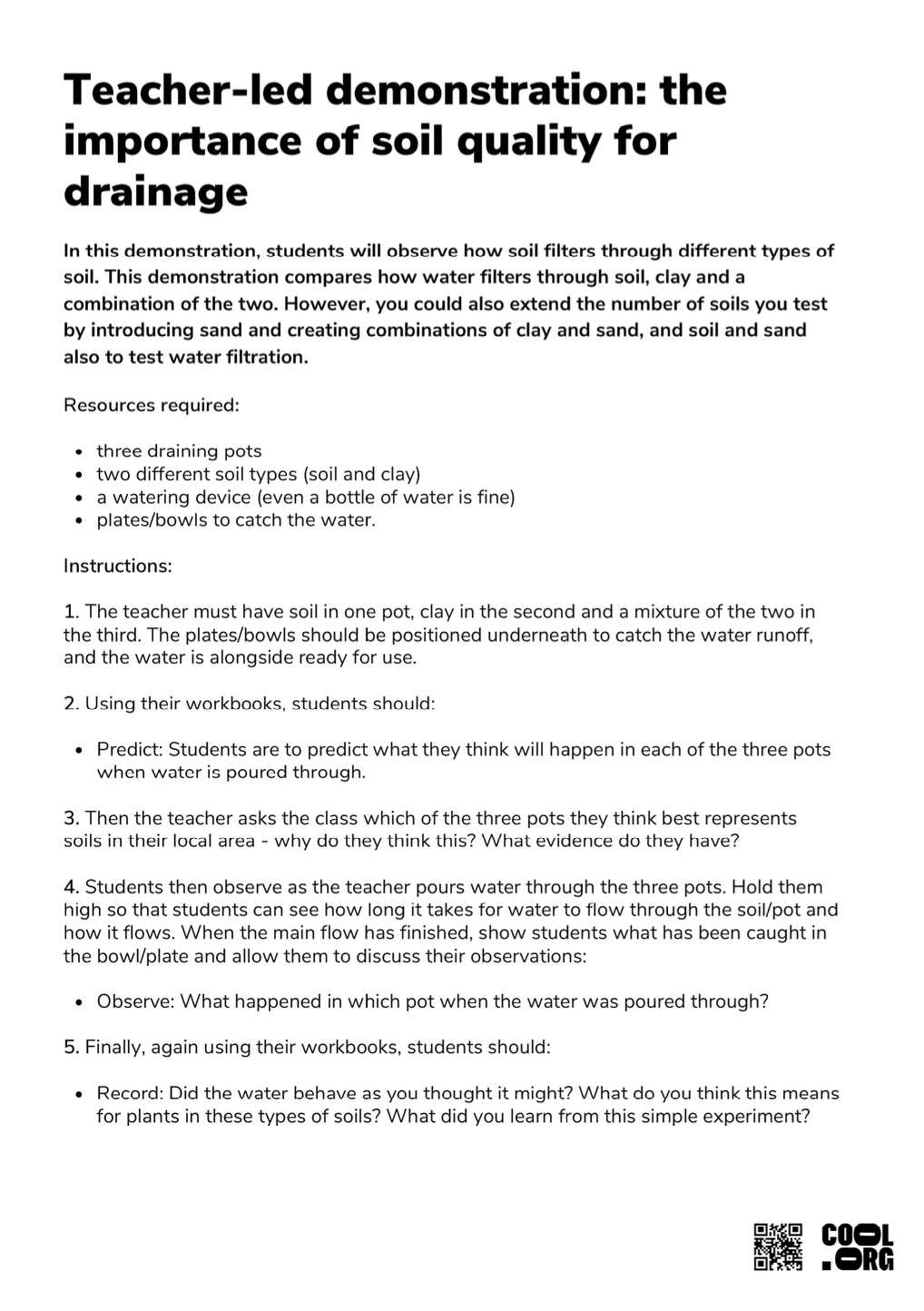
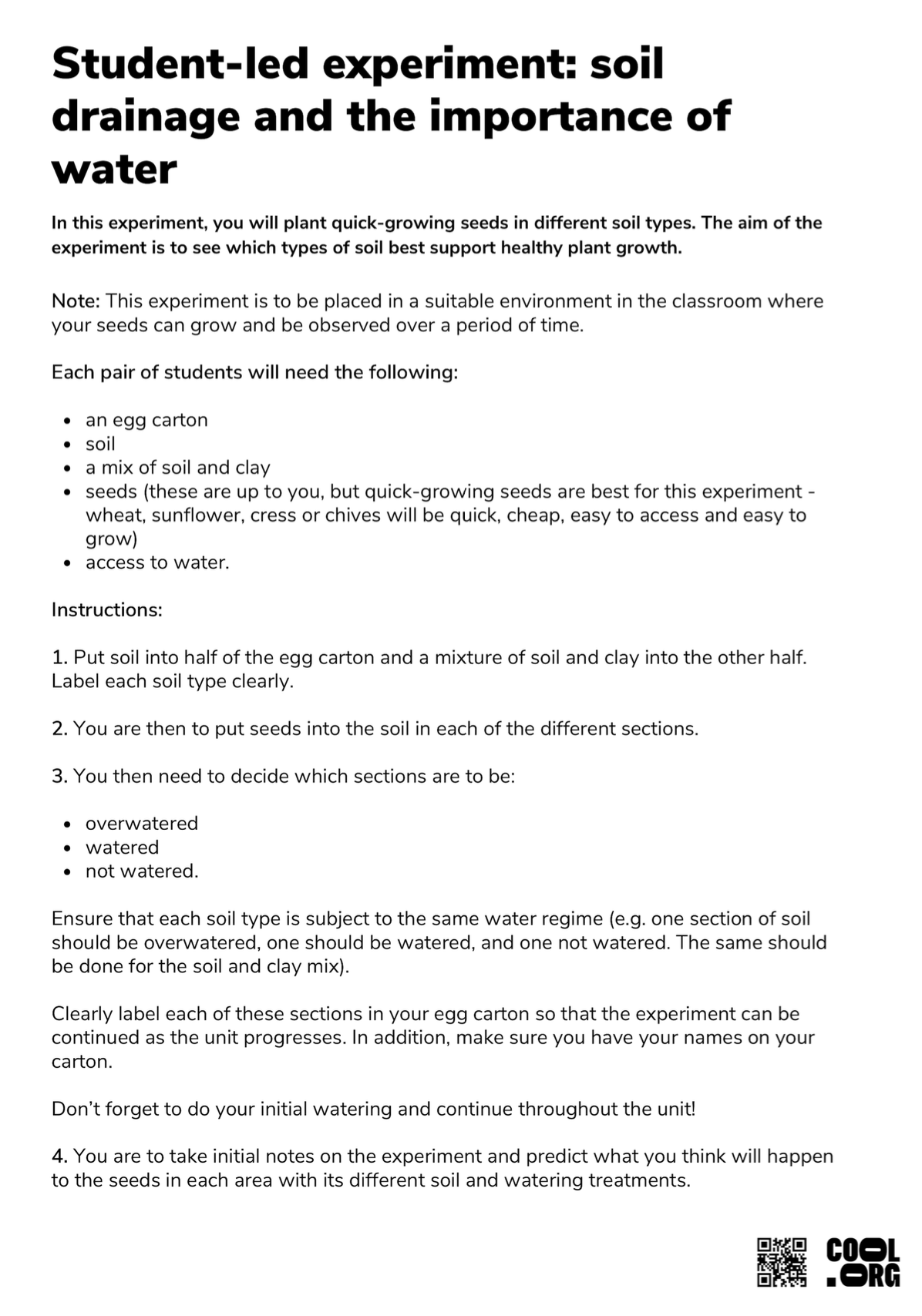
Welcome back!
Don't have an account yet?
Log in with:
Create your free Cool.org account.
Many of our resources are free, with an option to upgrade to Cool+ for premium content.
Already have an account?
Sign up with:
By signing up you accept Cool.org's Terms and Conditions(Opens in new tab) and Privacy Policy(Opens in new tab).